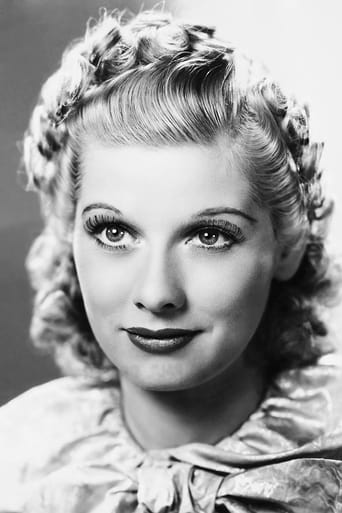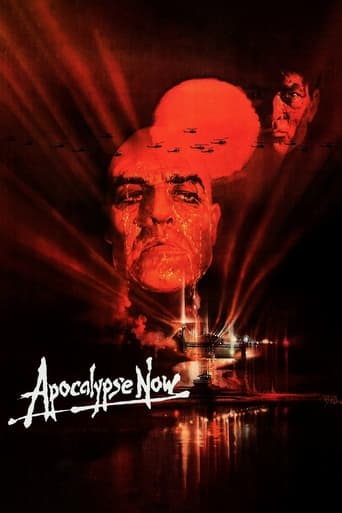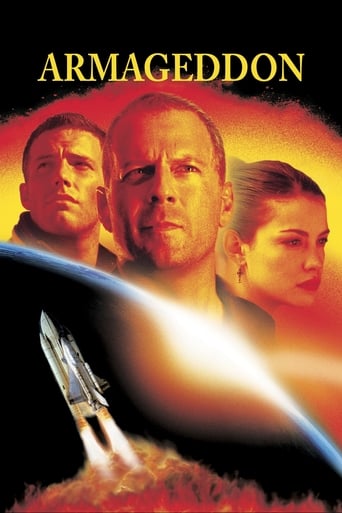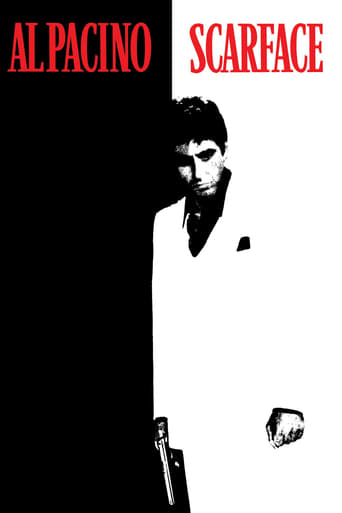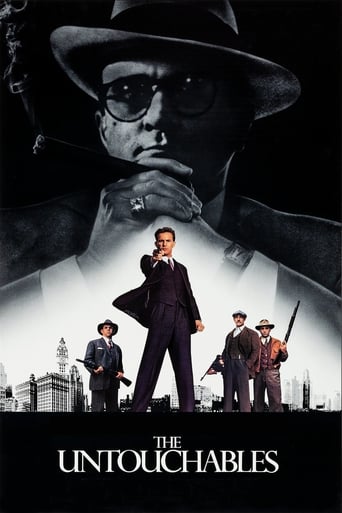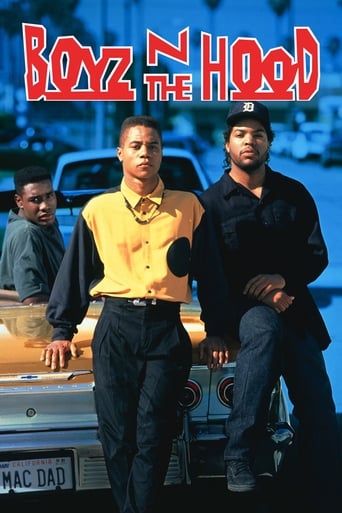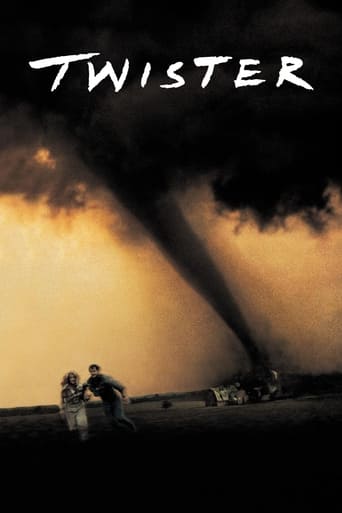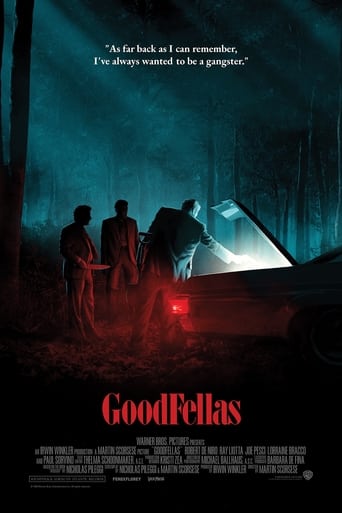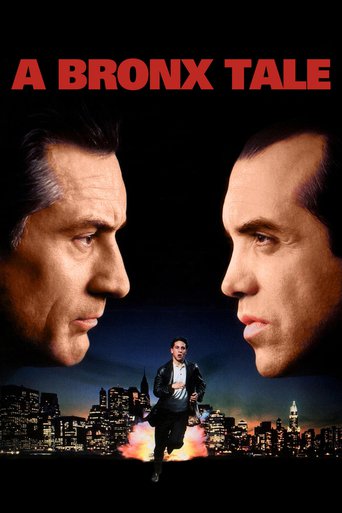

Five Came Back (1939)
Twelve people are aboard Coast Air Line's flagship the Silver Queen enroute to South America when the airplane encounters a storm and is blown off course. Crashing into jungles known to be inhabited by head hunters, pilots Bill and Joe race against time to fix the engines and attempt a take off. The situation brings out the best and worst in the stranded dozen as they create a makeshift runway and prepare to escape before the natives attack. But damage to the plane and low fuel reserves means that only 5 people can be carried to safety.
Watch Trailer
Cast


Similar titles
Reviews
Copyright 23 June 1939 by RKO Radio Pictures, Inc. New York opening at the Rialto: 4 July 1939. U.S. release: 23 June 1939. Australian release: 28 September 1939. 75 minutes.SYNOPSIS: An airplane carrying twelve passengers and crew is forced to crash-land in the Amazon jungle.NOTES: Although produced on a "B" picture budget of only $225,000, this movie turned out to be a "sleeper" — a movie that to the studio's surprise took off with both critics and public. Box office receipts in the U.S.A. and Canada alone were well over a million dollars, returning RKO a handsome profit of $262,000 from this market alone, after paying all advertising, print, studio overhead and distribution costs.COMMENT: Despite the naivety of its script and the lapse into needless and unconvincing moralizing at the conclusion, this is a superior version of the tale than the remake, "Back To Eternity", despite the fact that both were directed by John Farrow. Here his direction has an invigorating freshness due to his long takes using fluid camera movement, and the pace with which the characters are introduced and dialogue delivered that contrasts with the stale professionalism of the re-make. Lucie Ball is delightfully seductive, and all told we much prefer this cast to that of the re-make with the possible exception of Rod Steiger who has the Joseph Calleia part, a role for which he is not really suited. Interesting that the plot of both films is exactly the same, as are the characters and that all Latimer did was to rewrite the dialogue. He may have made it a bit more convincing, but he also made it less interesting. Although an obvious model is used for the crash itself, the sets are fairly convincing. Notice that Farrow uses Lewton's later much used device of not showing the headhunters until the final shot and then only their feet as the camera tracks through the foliage and then sweeps up to show the plane flying into the clouds, a corny but effective fade-out.
I'm happy to say it was worth the effort to get up early this morning to catch this nifty programmer on Turner Classics. I was drawn to the title when I scanned the cable listings and saw Lucille Ball's name in the cast. Her character was described as an ex-prostitute in the brief description of the film, but if I hadn't read that, I don't know if I would have drawn that conclusion from watching the story. She portrays hard luck gal Peggy Nolan who happens to mention that she's had trouble with men in the past, but that could mean anything. Anyway, I've always thought she was a gorgeous actress prior to her Lucy days, and so you've got another picture here that bears that out, particularly in her first appearance on screen looking like a well to do society woman.The story utilizes an often used plot in which an airplane goes down in bad weather and crash lands in a remote jungle setting. The passengers on board come from various walks of life, including an 'anarchist' (Joseph Calleia) being escorted to his home country to face execution by hanging. As the story progresses, I got the impression that the writers were expressing a social and political statement with the motivations of their characters, and to get an excellent overview of those dimensions I would direct you to the review on this board by 'dougdoepke'; it's very well reasoned and articulated.For those of you just looking for a good picture, there's that too. There are some confusing elements though that distracted from the story a little for me. For example, it was mentioned that the crash took place in the Amazon, but if the flight's original destination was Panama City, the plane would never have gotten near South America. Then there's that business about jungle headhunters, and I'm not up on my headhunter lore, but that just didn't strike me as credible. I'll look it up though.Some of the character turns in the picture are predictable enough. Pilot Bill Brooks (Chester Morris) assumes leadership of the stranded group with an able assist from co-pilot Kent Taylor. Under pressure, affluent businessman Ellis (Patric Knowles) takes to the bottle and has a falling out with fiancée Alice Melbourne (Wendy Barrie). Perhaps the most interesting couple in the mix are the Spenglers (C. Aubrey Smith and Elisabeth Risdon), adjusting to their situation with an admirable grace and equanimity knowing that they may never make it back to civilization. If there's a twist to the story, it's the way villain Vasquez (Calleia) emerges to shape the outcome when it becomes clear that the repaired plane can only depart with a total of five on board. He argues for a logical decision to choose who'll survive, reasoning that otherwise, the 'wrong people might win'. Interestingly, I would have picked the same players to make it back home.
Passengers get ready for the ill-fated flight foreshadowed in the film's title "Five Came Back". Handsome businessman Patric Knowles (as Judson Ellis) and pretty blonde secretary Wendy Barrie (as Alice Melbourne) are going to elope. Looking like either a movie star or a classy call girl, beautiful Lucille Ball (as Peggy Nolan) wants to straighten up and fly right. Elderly botany professor C. Aubrey Smith and his wife Elisabeth Risdon (as Henry and Martha Spengler) want to enjoy their twilight years. As his gangster father is threatened with extinction, cute little Casey Johnson (as Tommy Mulvaney) is shuttled to safety with henchman uncle Allen Jenkins (as Pete)...Veteran airman Chester Morris (and Bill Brooks) and co-pilot Kent Taylor (as Joe) announce a slight delay when they are asked to take on detective John Carradine (as Crimp) and his prisoner Joseph Calleia (as Vasquez)...When the plane crashes in an Amazon jungle thought to be inhabited by hungry head-hunters, the crew must chose only five passengers to return home on their rickety, repaired plane. The director, John Farrow, re-made this as "Back from Eternity" in 1956. The later film has a stronger script, but with performances becoming overly obvious. Here, the swiftness highlights subtlety; for example, note the impassionate love between Mr. Knowles and Ms. Barrie, then how Mr. Taylor telegraphs his interest. The more toned-down tart played by Ms. Ball is superior, but lacks detail. You're well off seeing both versions as they make up for things lacking in each other.******* Five Came Back (6/23/39) John Farrow ~ Chester Morris, Lucille Ball, Joseph Calleia, Patric Knowles
No need to recap the plot. Despite the recognizably stock characters (resourceful pilots, fallen woman, respectable woman, et al.), there's something nightmarish about the movie as a whole. Maybe it's the succession of calamities filmed in nourish shadow that's so unsettling. Certainly the jungle creates an exotic air, which could only have been done on a sound stage and in "artistic" fashion as one reviewer sagely observes. Then too, such compelling values only emerge in b&w, with its angular shadows and shades of gray—the stuff of nightmares. Actually, the plot with its character types undergoing the rigors of survival rather resembles the John Ford classic of the same year, Stagecoach (1939).One interesting angle is what the movie reveals about the politics and changing perceptions of the rebellious Depression Era. The passengers and crew divide basically into two camps following the crash—those who join the collective effort to survive and those who don't. Tellingly, three types of traditional rejects—the fallen woman (Ball), the underworld character (Jenkins), and the political radical (Calleia)-- join in and help the collective effort. In fact, the radical sees this cooperative group as a small-scale embodiment of his (socialist?) aims and has no desire to return to "civilization". At the same time, two category types don't join in or help. Also tellingly, both types represent what can be called the "establishment" of the day— the rich man's son (Knowles) and the cruel cop (Carradine). Each stays aloof from the others. Naturally we're led to sympathize with the other group, the collective, since it includes the obviously "good" people—the pilots, the professor and wife, and the boy, (Barries' respectable woman is more ambiguous since she's initially allied with Knowles).The fact that the "rejects" join into what might be called the new "cooperative society" implies that they only became rejects because of problems in the old society that Knowles and Carradine represent. As part of a new social fabric, their "truer" characters can be understood to emerge and in positive fashion. Ironically, each is given a new lease on life because of the crash and the new social relations that emerge. In contrast are those who don't join in. As a privileged offspring of the wealthy class, Knowles persists in the selfishly indulgent habits (boozing) he's used to, while Carradine's abusive cop can't adjust to his loss of authority in the new societal set-up. On his own, neither of the two can survive the new circumstances, which is Carradine's fate, alone in the jungle, while the helpless Knowles again becomes a parasite on the work of others.Now, I don't think the movie stands as a full-blown allegory of the time; however, there's enough resemblance between the character types and national political trends to draw certain parallels. Clearly, Knowles and Carradine parallel the pre-New Deal establishment of entrenched wealth, seen here as parasitical, cruel and resistant to the more cooperative New Deal society ( e.g. creation of social safety net; rise of worker rights). The plane crash mirrors the stock market crash (1929) in removing the power base of the old regime and casting its two survivors adrift, but at the same time, creating fresh opportunities for change. Of course, radical political thought (socialist, communist, anarchist) was more prominent than usual during the unstable Depression and is treated sympathetically in the character of Calleia. He not only commits an act of noble self-sacrifice, but also shapes the future by deciding who stays and who goes. It's also revealing that he and the professor who "understands" him form a bond, paralleling the New Deal's alliance with the academically based Brain Trust that guided administration policy. Both men are seen in the movie as sacrificing themselves for a better future for others.We can't be sure what the future for the Five who come back will be, and I agree that the movie ends too abruptly. The parallels also trail off at this point, though Jenkins' softened underworld character could stand-in for the public's general deference toward bank robbers in particular (Dillinger, Bonnie & Clyde). To me, Ball's shady lady has no particular 30's parallel, though I may have missed something. Where the allegory really breaks down is with the conspicuous absence in the movie of a working class counterpart. Of course, worker demands are what drove societal change during the Depression period. In the movie, the pilots might qualify, but they're really more non-partisan technicians than driving agents of change. In a sense, the counterpart doesn't emerge until after the plane crash when the good people go to work.I suppose it's not surprising that the movie slants in an anti-establishment direction given Dalton Trumbo's participation as a writer. Later blacklisted as one of the vilified Hollywood Ten, Trumbo made no secret of his radical alignment, and I suspect the parallels in the film reflect many of his leftish sympathies. However that may be, the movie provides both a suspenseful drama and a telling glimpse of changing politics and perceptions, and is well worth catching up with.



